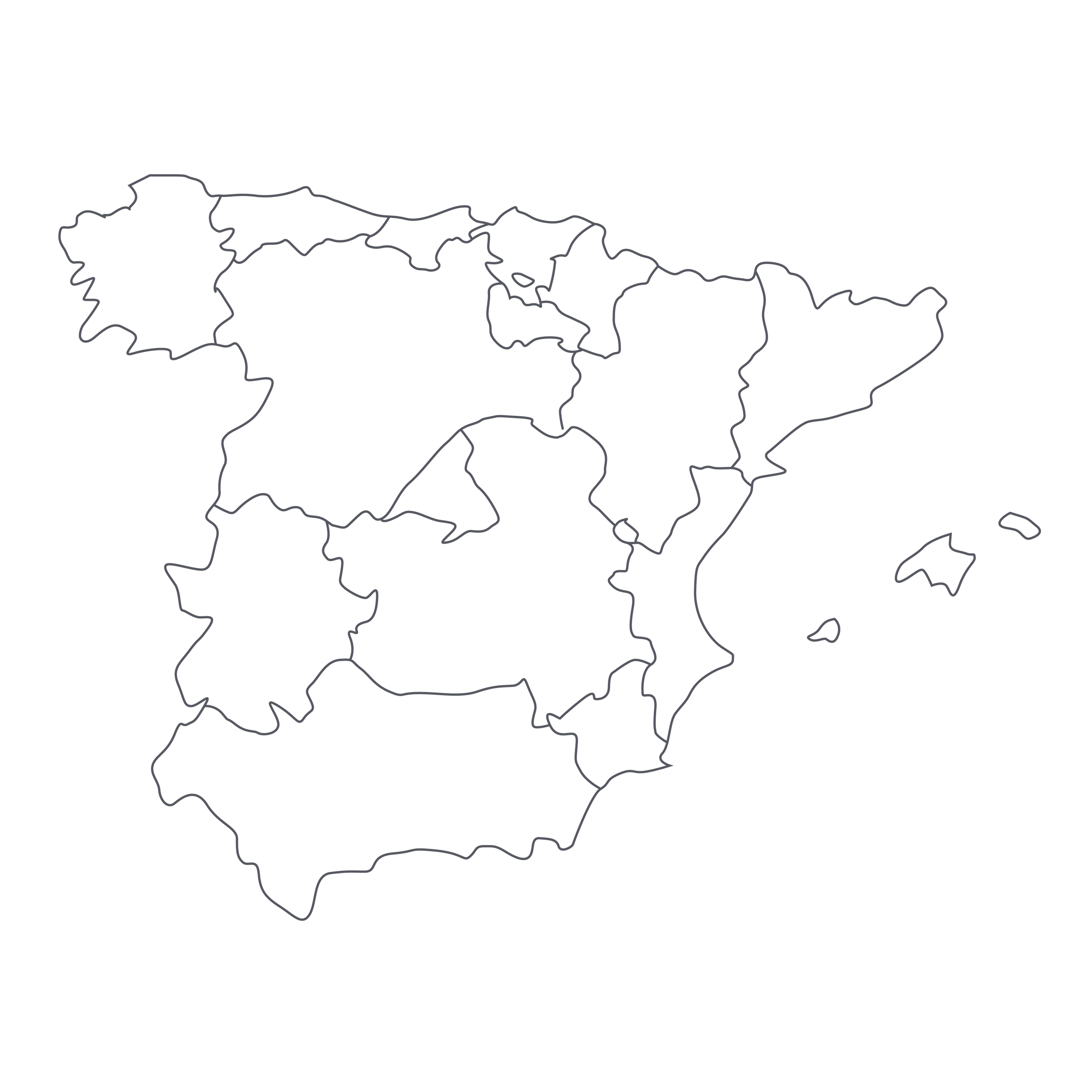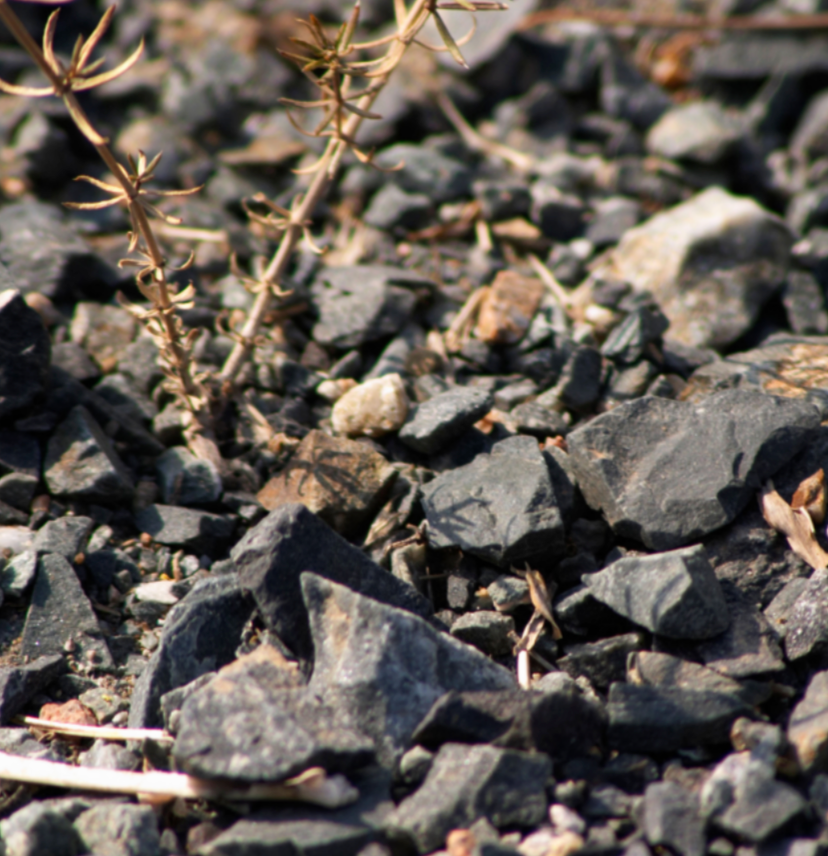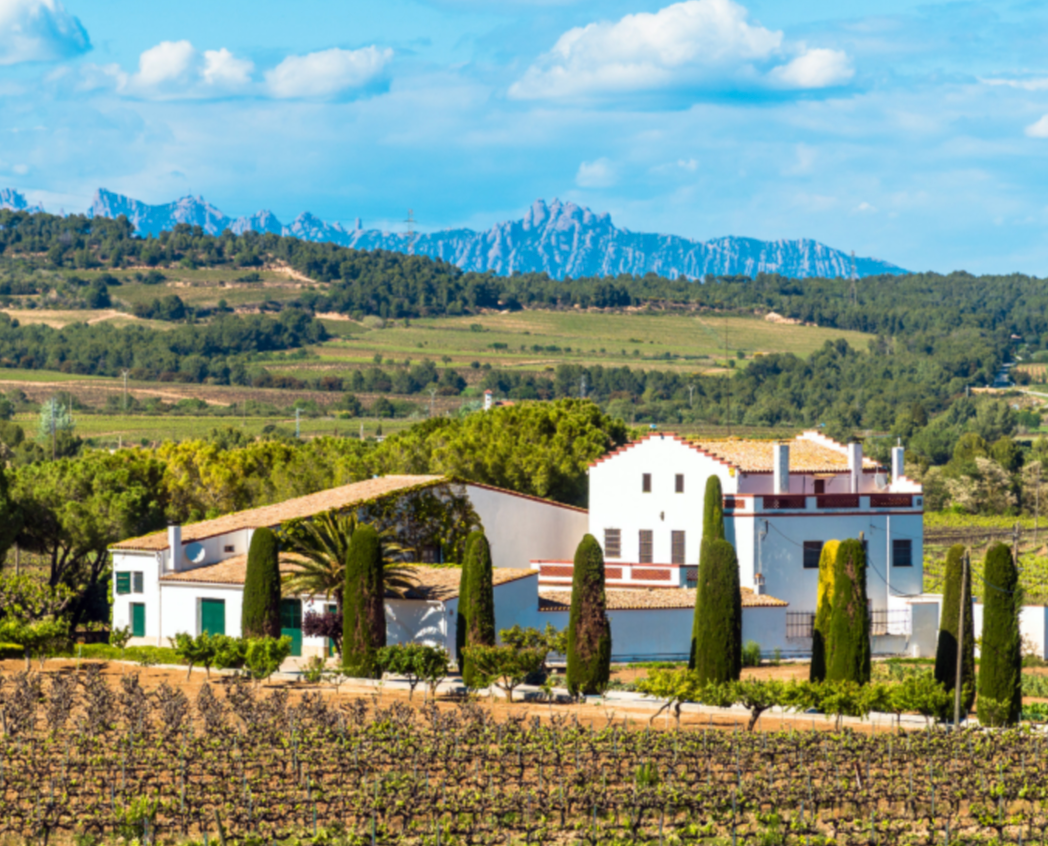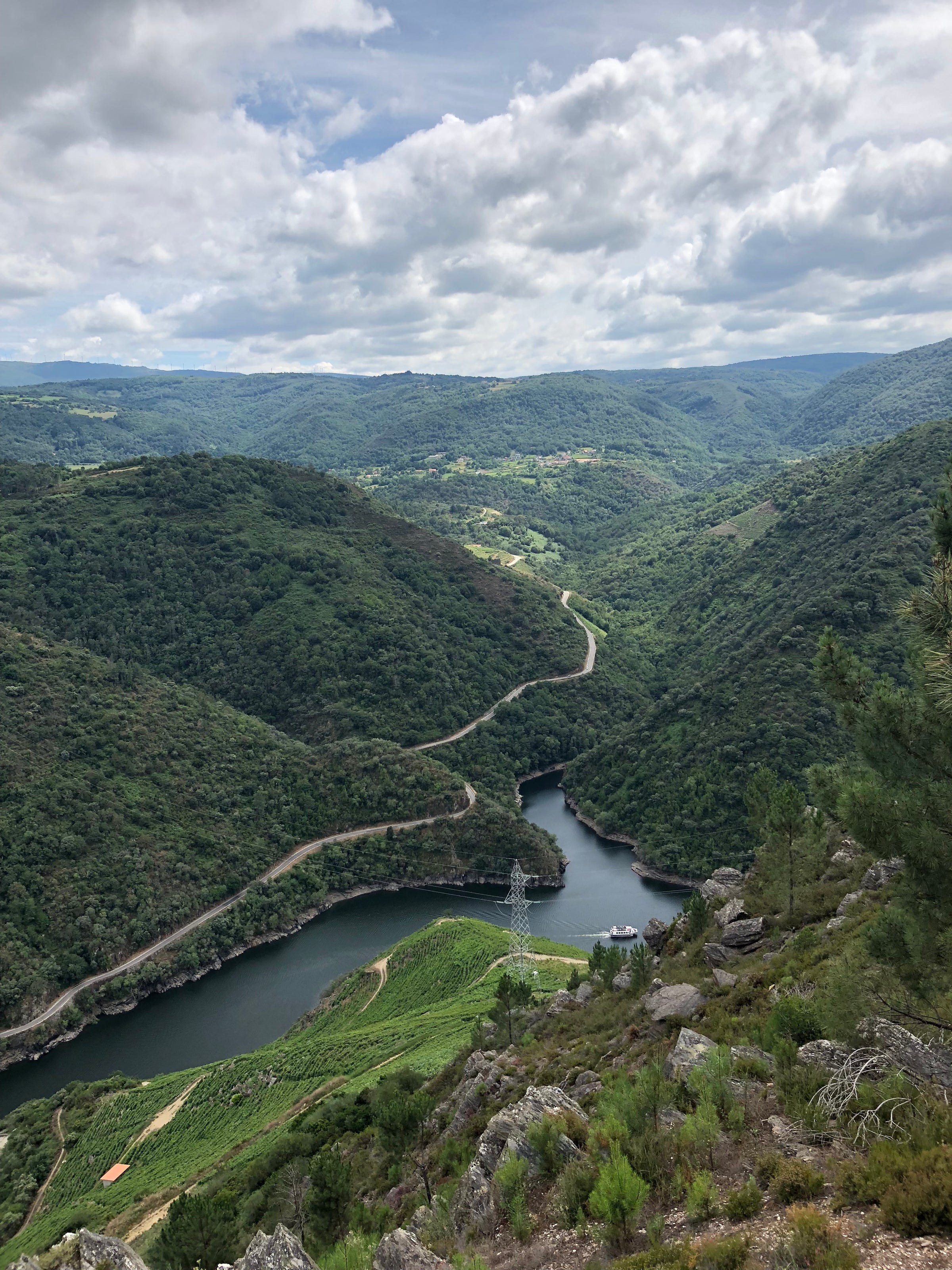“Sleek,” “high-toned,” “perfumed,” “firm and mineral,” “pretty.” These were just a few of my tasting notes for today’s brilliant Priorat from Ferrer Bobet. I could keep going, too—this wine’s elegance and detail really took my breath away, and had me longing for a return to the crazily steep, slate-filled hillsides where it is grown.
For those of you who know Priorat mostly as a source of powerful, ink-rich reds, my impressions of this one may sound incongruous. Pretty? Oh yes: Just as there are wines in France’s Châteauneuf-du-Pape region that display the more finessed, Pinot Noir-ish side of Southern Rhône Grenache (I’m looking at you, Château Rayas), Priorat wines—usually combining Grenache with Carignane and, in this case, other varieties—are not uniformly “big,” even when alcohol levels climb past 14%. It’s fascinating to taste a fuller-bodied red wine that carries itself more like a lighter-bodied one, especially when the aromatics are as beguiling as those in Ferrer Bobet’s 2015. This is truly an exceptional wine, and one which would typically cost you much more to enjoy—a very fortunate set of circumstances put a small parcel of this wine in our hands at a way-below-average price, so I urge you to take advantage of this rare opportunity. You don’t find this combination of class and authenticity at this price very often, regardless of where you look!
Located about 15 miles inland from the Mediterranean coastal town of Tarragona, with a climate best described as “harsh”—bitingly cold winters and dry, hot summers—Priorat is often described as an “extreme” terroir. Its vineyards are perched at high altitudes in distinctive-looking soils of fractured slate called llicorella, and the earliest wine-growers to brave its rocky, terraced slopes were Carthusian Monks of the Scala Dei (“God’s ladder”) abbey. The name “Priorat” is Catalán for “priory,” in honor of those intrepid 12th-century monks.
But for all its history, Priorat wine in the modern era was largely forgotten until a handful of producers led a comeback in the late-1980s/early 1990s. A lot of those wines were rich, glossy, and well-loved by critics, many of them created by spanking-new wineries backed by serious investment capital. Ferrer Bobet, a partnership between pharmaceutical entrepreneur Sergi Ferrer Salat and veteran Spanish enologist Raül Bobet, was one of them: They acquired 70 hectares of land in the Porrera sub-zone of Priorat; planted vineyards; built a sleek winery that looks out over undulating terraced slopes, and released their first estate-grown wines in 2008. Everything about this place is first class: Vineyards are farmed according to strict organic principles, and the mission is less about technique and flash than on preserving the character of the zone: The area around Porrera is considered the coolest within Priorat, taking advantage of breezes from the Northeast; for all the heat during the day, nights can get quite cold during the growing season, which helps create the magical combination of ripeness and freshness you feel in this wine—even in a famously hot vintage like 2015!
The source material for today’s silky ’15 came from estate vines planted in 2004, ’05, and ’06, along with some other older vineyards near Porrera. The final blend in 2015 was 48% Carignane, 22% Grenache, 23% Syrah, and 7% Cabernet Sauvignon, all of it hand-harvested and fastidiously hand-sorted before being gravity-fed into an assortment of fermentation vessels—steel tanks, wood barrels, and concrete vats. The wine aged for a year in lightly toasted French oak barrels, 60% of which were new, and was bottled unfined and unfiltered.
The level of precision and purity here is just stunning: In the glass, it’s a deep (but not opaque) ruby moving to magenta/pink at the rim, with a pretty perfume that draws you in the way great red Burgundy does: lots of ripe black fruit from the Carignane and Syrah is lifted by raspberry, cherry, and wild strawberry notes from the Grenache, all mixed with scents of licorice, dried herbs, and dusty earth. The palate is medium-plus in body, with a firm, fine-grained tannic structure and a deeply satisfying mineral component—you can’t help but think some of that crushed slate made its way into the wine! As you’ll see, there’s an impossible-seeming level of freshness to this wine that promises to preserve it for many years to come, but it is mind-blowingly delicious to drink right now: Decant it about 30 minutes before serving in Burgundy stems at 60 degrees and pair it with something rustic and ‘Mediterranean’ to really bring out that herbal, ‘Châteauneuf-y’ wildness: Every time I go to Spain, I seek out the classic Catalán dish of braised pork knuckle with dried fruits. The aromatic tangle of herbs and spices in the attached recipe will be fantastic with this killer Spanish red. Enjoy!





